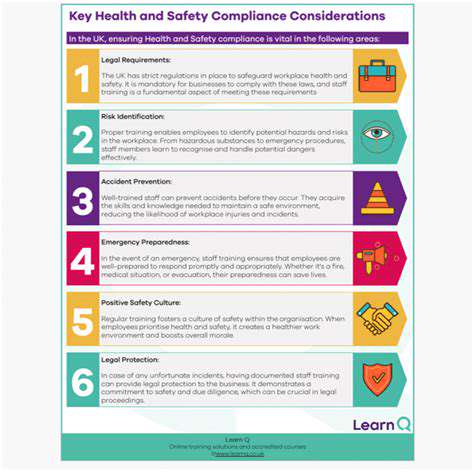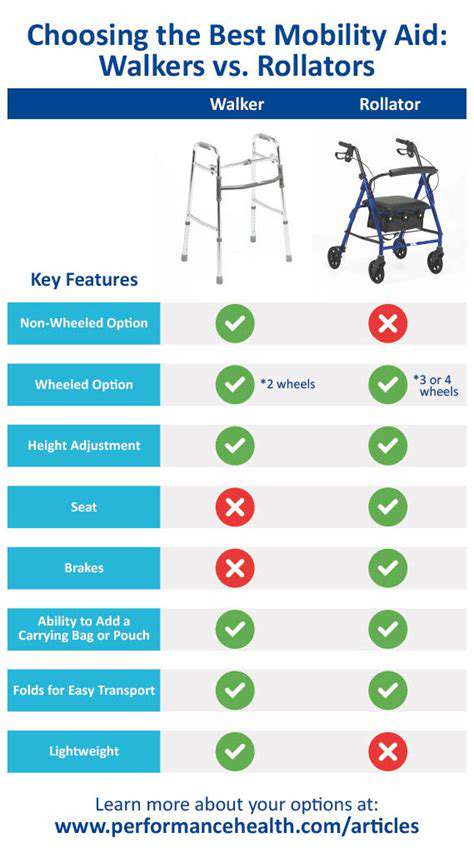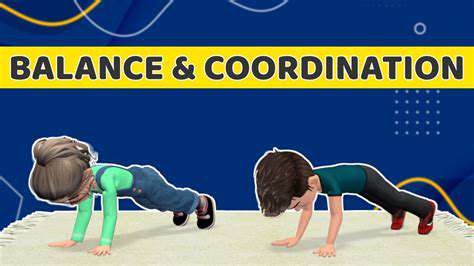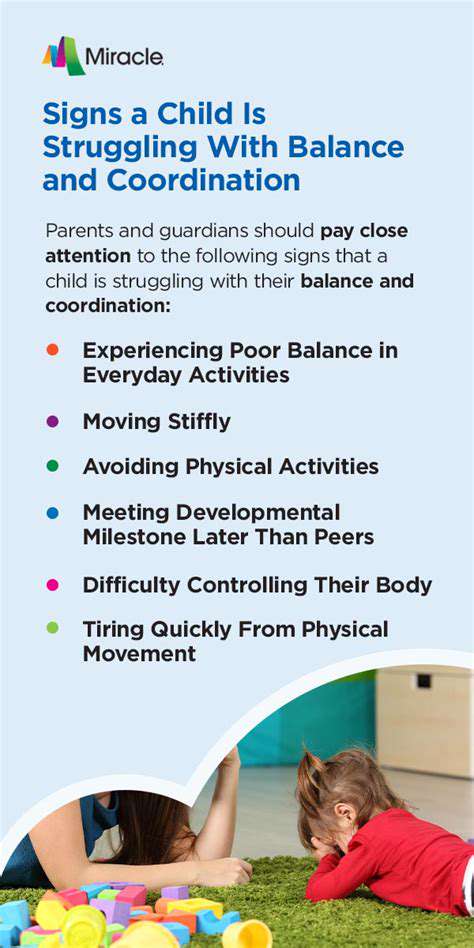Enjoy Your Golden Years: A Complete Fitness Plan for 65 70 Year Olds
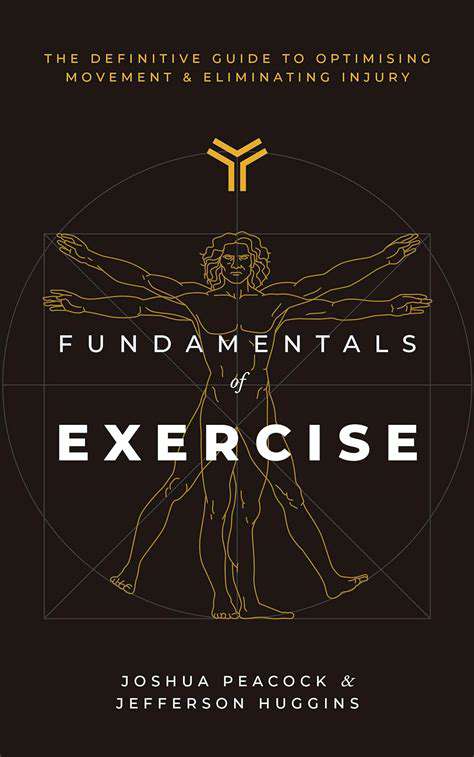
Nourishing Your Body for Optimal Health
Understanding Nutritional Needs in Later Life
Our bodies undergo significant changes as we grow older, and these changes directly impact our nutritional needs. The link between proper nutrition and maintaining vitality in our later years cannot be overstated. Many older adults find their appetite decreases, yet their need for certain nutrients actually increases. This paradox makes understanding senior nutrition particularly important. Protein requirements, for instance, often increase to combat natural muscle loss, while calcium becomes more crucial for bone strength. The right balance of vitamins and minerals supports everything from cognitive function to immune response, making thoughtful food choices one of the most powerful tools for healthy aging.
Importance of a Balanced Diet
A varied, nutrient-rich diet forms the foundation of good health at any age, but becomes especially critical as we get older. Colorful fruits and vegetables provide antioxidants that combat cellular damage, while whole grains deliver sustained energy and digestive benefits. Lean proteins support muscle maintenance, and healthy fats promote brain function. What makes this balance particularly important for seniors is how these nutrients work together to prevent common age-related issues - from vision problems to heart disease. Interestingly, many older adults find they need fewer calories but more nutrients, making every bite count more than ever before.
Hydration Strategies for Seniors
Water makes up about 60% of our body weight and participates in nearly every bodily function, yet many seniors struggle with proper hydration. As we age, our thirst signals become less reliable, making dehydration a silent but serious concern. Beyond just drinking water, incorporating hydrating foods like cucumbers, watermelon, and soups can make a big difference. Some practical tips include keeping a water bottle visible throughout the day, setting reminders to drink, and monitoring urine color (pale yellow is ideal). Dehydration can mimic other health issues in seniors, causing confusion or dizziness, so maintaining consistent fluid intake is both simple and profoundly important.
The Role of Protein in Maintaining Muscle Mass
Sarcopenia, the age-related loss of muscle mass, can begin as early as our 30s but accelerates significantly later in life. Research shows that combining adequate protein intake with resistance training can dramatically slow this process. Older adults often need more protein per meal than younger people because their bodies process it less efficiently. Spreading protein intake throughout the day - with sources like eggs at breakfast, fish at lunch, and beans at dinner - helps maximize muscle protein synthesis. For those with smaller appetites, protein-rich snacks like Greek yogurt or nuts can help meet daily needs without feeling overwhelmed by large meals.
Supplements and Dietary Considerations
While whole foods should always be the primary source of nutrients, supplements can play a valuable supporting role. Vitamin D deficiency, for example, affects nearly half of older adults and has been linked to everything from bone health to immune function. However, supplements aren't one-size-fits-all - factors like existing medications, absorption issues, and individual deficiencies all need consideration. Working with a healthcare provider to identify specific needs through blood tests can prevent both deficiencies and dangerous over-supplementation. Remember that supplements complement, but never replace, a nutrient-dense diet.
Mindful Eating Habits and Portion Control
The practice of mindful eating becomes increasingly valuable as metabolism slows with age. Eating slowly, without distractions, allows better recognition of hunger and fullness cues that often become muted over time. Using smaller plates can help with portion control while still providing visual satisfaction. Chewing thoroughly not only aids digestion but also increases mealtime enjoyment. Many seniors find that planning meals and snacks in advance helps maintain balanced nutrition throughout the day, preventing energy crashes or impulsive less-healthy choices. These small adjustments can make significant differences in both nutrient absorption and overall satisfaction with meals.
Prioritizing Mental Well-being for a Fulfilling Life
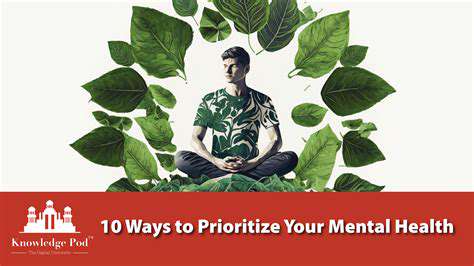
Prioritizing Self-Care
Self-care in later life goes beyond occasional treats - it becomes an essential maintenance strategy for mental health. Quality sleep, often disrupted in aging, plays a crucial role in memory consolidation and emotional regulation. Establishing a calming bedtime routine and maintaining consistent sleep-wake times can significantly improve sleep quality. Physical activity, even in gentle forms, releases endorphins that naturally elevate mood and reduce stress. Many older adults find that scheduling me time for reading, hobbies, or simple relaxation helps maintain emotional equilibrium amidst life's changes and challenges.
Cultivating Mindfulness
Mindfulness offers powerful tools for navigating the emotional complexities that can accompany aging. Simple practices like focused breathing or sensory awareness exercises can create valuable pauses in stressful moments. Unlike more strenuous activities, mindfulness techniques remain accessible even to those with physical limitations. Many seniors report that regular mindfulness practice helps them appreciate small daily joys more fully while developing resilience against life's inevitable difficulties. These practices don't require special equipment or significant time commitments - just a willingness to be fully present in ordinary moments.
Building Strong Support Systems
Social connections often undergo significant changes in later life, making intentional relationship-building especially important. Studies consistently show that meaningful social engagement correlates with both mental acuity and longevity. This might involve regular phone calls with distant family, participating in community groups, or even pet companionship. Technology has opened new avenues for connection through video calls and social media, particularly valuable for those with mobility challenges. The key lies in cultivating relationships that provide both support and purpose, creating a mutual exchange of care and companionship.
Seeking Professional Help When Needed
The stigma around mental health care persists particularly among older generations, yet professional support can be transformative. Therapy offers evidence-based strategies for managing life transitions, grief, anxiety, and other common challenges of aging. Many therapists specialize in geriatric mental health, understanding the unique circumstances older adults face. Seeking help demonstrates wisdom and self-awareness, not weakness. Even short-term counseling can provide valuable tools for emotional well-being that last a lifetime. With telehealth options now widely available, accessing care has become more convenient than ever.
Understanding and Managing Stress
Stress affects people differently as they age, with some becoming more resilient and others more vulnerable. Recognizing personal stress triggers and responses allows for more effective management strategies. Techniques like progressive muscle relaxation, guided imagery, or simple walks in nature can significantly reduce stress hormones. Many seniors find that maintaining a predictable routine provides stability amidst life's uncertainties. It's also helpful to distinguish between stress that can be changed and circumstances that require adaptation - this discernment prevents wasted energy on uncontrollable factors.
Adopting Healthy Lifestyle Habits
The connection between physical health and mental well-being becomes increasingly apparent with age. Nutrients like omega-3 fatty acids and B vitamins directly support brain function and mood regulation. Regular physical activity, even in modest amounts, promotes better sleep and reduces anxiety. Establishing consistent daily rhythms helps regulate circadian cycles that influence both energy and mood. Many older adults find that combining these elements - nutritious meals, gentle movement, and regular sleep - creates a virtuous cycle where each component reinforces the others, leading to greater overall well-being.
Staying Consistent and Adapting Your Plan
Staying Consistent with Your Fitness Routine
Consistency in physical activity matters more than intensity for older adults. The cumulative effect of regular movement, however modest, yields remarkable benefits over time. Finding activities that bring joy increases the likelihood of sticking with them long-term. Many seniors succeed by anchoring exercise to existing routines - a short walk after breakfast, gentle stretches during TV commercials, or strength exercises while waiting for the kettle to boil. Tracking progress, whether through a simple calendar or fitness app, provides motivation by making small improvements visible. Most importantly, viewing exercise as self-care rather than obligation transforms it from chore to gift.
Adapting Your Fitness Plan for Aging
Physical changes with aging require thoughtful exercise modifications, not abandonment of activity. Water-based exercises provide resistance without joint impact, while chair yoga maintains flexibility safely. Many traditional exercises can be adapted - wall push-ups instead of floor versions, or seated versions of standing exercises. The key lies in focusing on what the body can do rather than dwelling on limitations. Working with a physical therapist or senior fitness specialist can help design a personalized program that challenges without straining. Remember that adaptation isn't about doing less, but about doing differently to achieve the same health benefits.
Nutritional needs also evolve with changing activity levels and metabolism. Smaller, more frequent meals often work better than three large ones for older digestive systems. Protein timing becomes more important - consuming some at each meal helps maintain muscle mass. Staying hydrated supports both physical performance and recovery. Many seniors benefit from keeping a simple food and activity journal to identify patterns and make informed adjustments. The goal isn't perfection, but creating sustainable habits that support an active, engaged lifestyle.
Perhaps most importantly, successful adaptation requires patience and self-compassion. Progress may come more slowly than in younger years, but consistency still yields results. Celebrating small victories maintains motivation, whether it's climbing an extra stair, holding a stretch longer, or simply feeling more energetic. The true measure of success isn't comparison to others or even to one's younger self, but to the quality of life being created each day through thoughtful, adapted movement.





